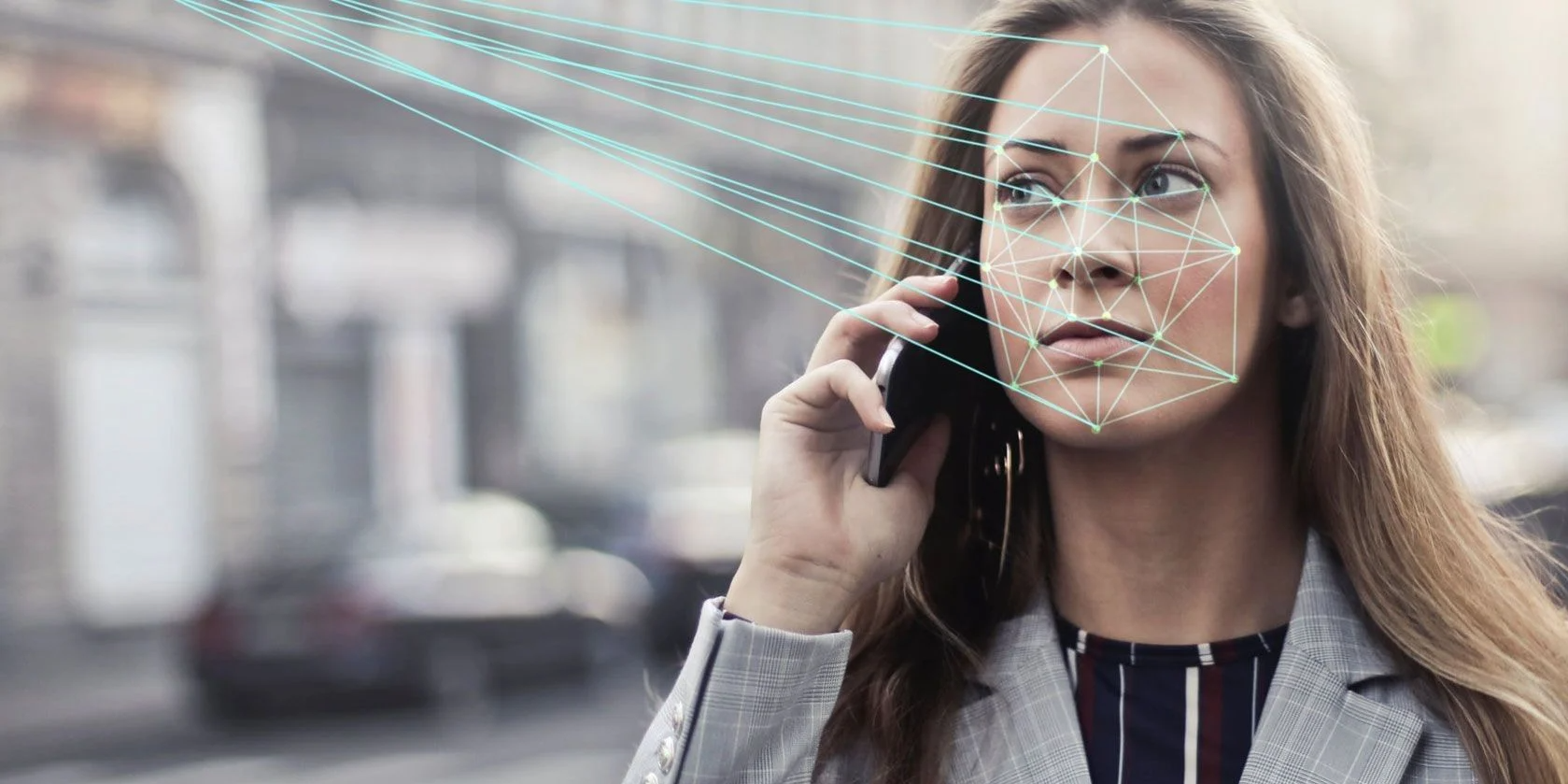Using technology, facial recognition can be used to identify a person’s face using a photograph or video. Protect your business with quality biometrics used to map the facial features and detect threats in a timely manner.
What To Know
High-quality datasets of facial images are essential to training facial recognition algorithms. However, the development of datasets has a variety of ethical, legal, and practical issues. In addition to choosing their algorithm source, facial recognition providers must also determine whether it is built in-house, open-source, or licensed from another company due to cost and support options. There are a number of factors that impact the accuracy of facial recognition, including complex metrics and providers’ use of misleading statements, as well as the fact that performance will vary between surveillance use-cases and lab-testing, because of camera angle, lighting, uncooperative subjects, and other variables.
As data scraping lawsuits increase, legislation restricts where and how facial recognition may be used legally. Consequently, the number of public datasets are shrinking, data construction becomes more challenging, and the demand for face recognition drops.
Options For Sourcing Datasets
The most common Face datasets used for training and testing video surveillance analytics come from government, open-source, or proprietary sources.
5 of the most common problems with face recognition datasets are:
- A lack of images available
- Inadequate diversification
- Data ineffectively portrayed
- Data collected improperly
- Data misidentified
Algorithms Engineers
The structures designed for face recognition have expanded from Haar and HOG-based deep learning algorithms to convolution neural networks or better known as CNNs. CNN configuration is more accurate as a result of the critical process of convolution.
CNNs accomplish this by reducing an image into small sections and summarizing the relevant portions to decrease the amount of data processed. A kernel or filter condenses overlapping portions of the image into one single piece, creating convolution. After this the reduced image is broken down further by reshaping overlapping data based on the average value of the image. Although this process shrinks the image size, it allows for better analytics by including the most important information.
Selecting Facial Recognition
Face recognition consists of three main options:
- Cloud API Systems
- Turnkey Systems
- Algorithm Developers
If you are looking to add new security features into your business, like Facial Recognition let RC Security help. Our continued research and partnerships with premium brands allow us to offer better quality every time.


